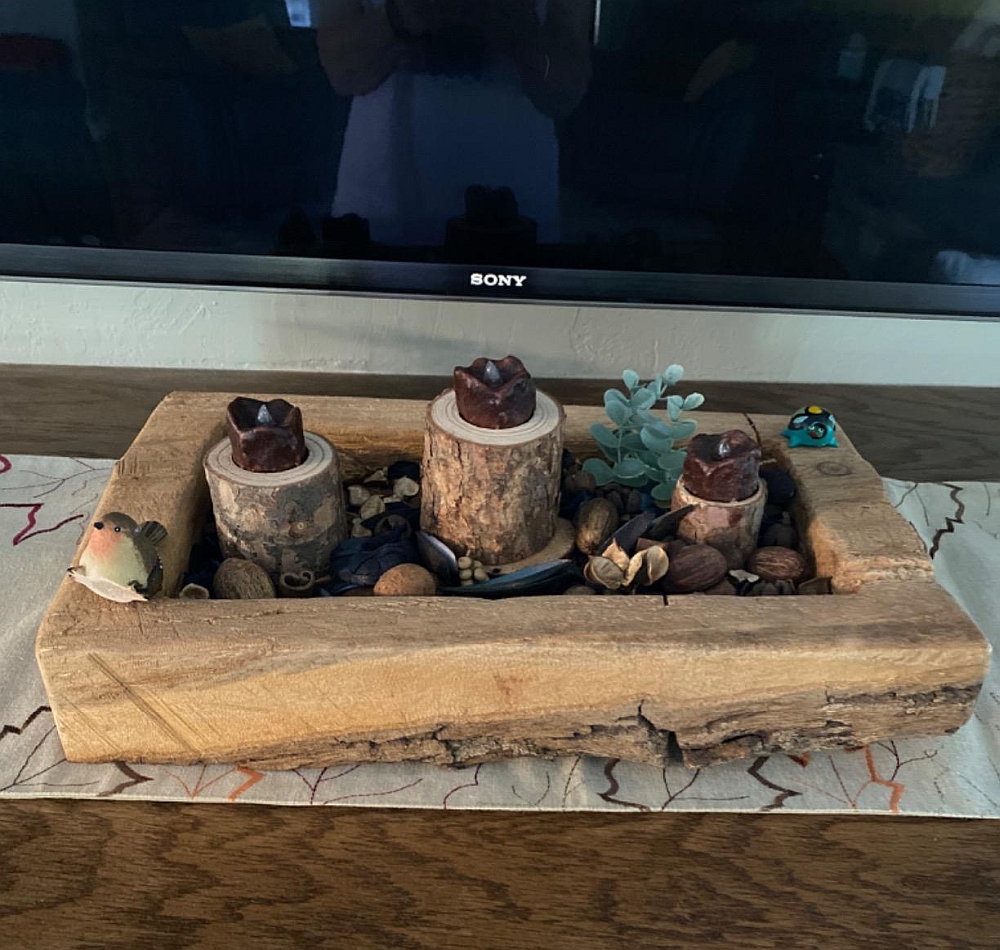Crafting Stunning Wood Projects with Minimal Tools
The allure of woodworking lies in transforming raw materials into beautiful and functional pieces. Often, the thought of embarking on such a journey is met with the apprehension of needing an extensive tool collection. However, the reality is that you can achieve exceptional woodworking projects with a minimal set of tools, allowing you to focus on creativity and skill development.
This guide will delve into the essential tools and techniques for crafting stunning wood projects, dispelling the myth that elaborate workshops are a prerequisite for woodworking success. By embracing simplicity, you can embark on a fulfilling and rewarding woodworking journey.
Essential Tools for Minimalist Woodworking
While advanced woodworking projects might require a plethora of tools, you can achieve remarkable results with a core set of essentials. Here's a curated list of tools that will form the foundation of your minimalist workshop:
Hand Tools
- Hand Saw: A reliable hand saw is a versatile tool for making straight cuts. Choose a crosscut saw for cutting across the grain and a ripsaw for cutting with the grain.
- Chisels: A set of chisels in various sizes is essential for shaping wood, creating mortises, and carving details.
- Hammer: A claw hammer is useful for driving nails and removing them when necessary.
- Screwdriver: A multi-bit screwdriver offers flexibility for various screw sizes.
- Wood Plane: A hand plane is valuable for smoothing surfaces and creating a fine finish.
- Measuring Tape: Accuracy is paramount in woodworking, and a reliable measuring tape ensures precise cuts and measurements.
- Combination Square: This tool combines a ruler with a protractor, allowing you to measure angles and draw lines accurately.
- Clamps: Clamps are indispensable for securing wood pieces during assembly or while working on them.
- Sandpaper: Sandpaper is crucial for smoothing surfaces and achieving a desired finish. Use varying grits for rough sanding and finishing.
Power Tools (Optional)
While hand tools form the core of minimalist woodworking, power tools can enhance efficiency and expand your capabilities. Consider these options based on your budget and project needs:
- Power Drill: A cordless drill provides versatility for drilling holes and driving screws.
- Random Orbit Sander: A random orbit sander offers smooth and efficient sanding, saving time and effort.
Techniques for Success with Minimal Tools
With your essential tools assembled, it's time to delve into the techniques that will unlock stunning woodworking projects. Here are some principles to guide your journey:
Precise Measurement and Marking
Accurate measurements are the cornerstone of woodworking. Before making any cuts, carefully measure and mark your wood. Use a pencil or marking knife to ensure clear and visible lines.
Cutting Techniques
Mastering hand saw techniques is essential for creating clean and accurate cuts. Employ a steady, controlled motion with the saw, ensuring that the blade remains perpendicular to the wood. Use a miter box for precise angle cuts.
Joinery Techniques
Joinery techniques involve connecting wood pieces without using nails or screws. Common joinery methods include:
- Butt Joint: A simple joint where two pieces are joined end to end.
- Dado Joint: A groove cut into one piece of wood to receive the edge of another piece.
- Mortise and Tenon Joint: A strong joint where a tenon (projection) on one piece fits into a mortise (hole) in the other piece.
Sanding and Finishing
Sanding is crucial for achieving a smooth and even surface. Start with coarse-grit sandpaper and progressively use finer grits to remove scratches and imperfections. Various wood finishes are available, such as oil, varnish, or stain, to enhance the beauty and durability of your projects.
Embracing Simplicity and Creativity
The allure of minimalist woodworking lies in its ability to foster creativity and resourcefulness. By working with a limited toolset, you are encouraged to explore innovative solutions and discover new ways to achieve your desired outcomes.
Focus on projects that align with your skills and interests. Start with smaller projects and gradually build your confidence to tackle more complex creations. Don't be afraid to experiment with different wood species and joinery techniques to discover your unique style.
Inspiration and Resources
The world of woodworking is rich with inspiration and resources to fuel your journey. Explore online communities, woodworking blogs, and YouTube channels to discover new techniques, project ideas, and insights from experienced woodworkers.
Remember that learning is an ongoing process. Embrace the joy of experimentation, accept challenges as opportunities for growth, and never stop exploring the possibilities of wood as a medium for artistic expression.
With a minimal set of tools and a spirit of exploration, you can unlock the potential to create stunning wood projects that reflect your unique style and creativity.











